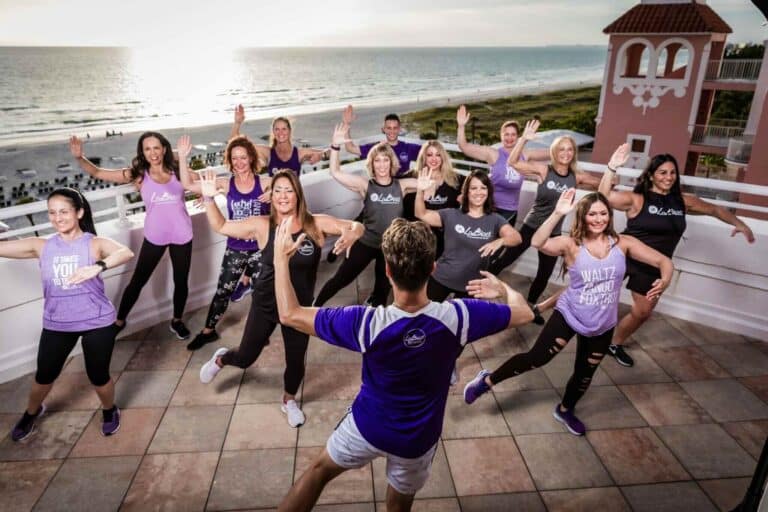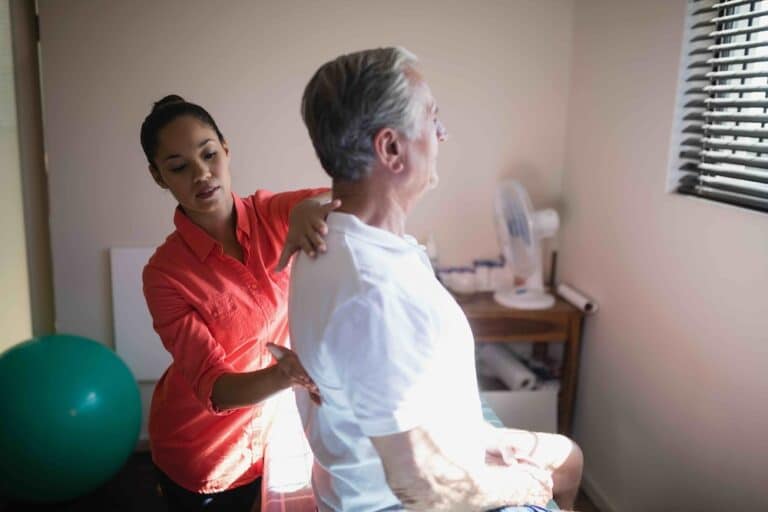
Though only a few years in, this decade is one for the history books.
With a global pandemic, ongoing racial injustices, huge economic shifts, political turmoil, climate concerns, ubiquitous homeschooling for kids for a time, revolutionized work models, and mounting uncertainty–every single person is working through trauma.
While there have been some beautiful moments that have come out of the past few years, it is important to also recognize the impact and trauma resulting from a tumultuous season.
Trauma is more than an emotional event. It impacts the very structure and function of your brain from heightened fear responses in the amygdala, decreased function in the hippocampus impacting memory, and decreased function in the prefrontal cortex limiting rational thought. The American Psychological Association (APA) has also found that exposure to trauma can impact long-term brain function, potentially impacting future mental health concerns.
It is in the best interest of employers, employees, and our communities that we bolster mental health support and create safe spaces for people to process and heal. In fact, when organizations choose to support the mental health and holistic wellbeing of their employees, they have seen a 66% increase in productivity.
As a continuation of our leadership series, we sat down with Dr. Tanea Robinson, EdD. Dr. Robinson is trained in trauma-informed care and has extensive experience leading wellness committees and developing strategies to address short- and long-term needs.
Let’s dive into three types of programs you can offer to employees who need trauma support.
Offer facilitated sessions to process
When COVID hit plus the unrest around George Floyd, Brianna Taylor, and too many others, Dr. Robinson’s staff was hurting. Though there had been numerous ways to engage employees pre-pandemic, like many of us, it was necessary to pivot and find innovative means to provide employee support remotely.
As head of the wellness committee, Dr. Robinson wanted to not only connect with her employees but she recognized the dire need to provide trauma care. With many of the employees working in a call center, they were receiving a number of challenging and offensive callers. This was resulting in compounding trauma.
To start, the wellness committee began offering facilitated group sessions. These were confidential spaces for all of the staff (including call center staff) where mental health professionals facilitated. The sessions focused on any topic the staff wanted to address that day and lasted anywhere from 1-2 hours each. After each session, the committee invited feedback from staff.
These sessions were well received by staff and can be effectively implemented across industries and departments. Should you choose to implement these, there are two key points to consider: employee input and outside support.
It is vital to ask your employees for what they want when it comes to mental and emotional support. By involving your employees in the decision process, you not only respect their autonomy but you encourage buy-in so that your activities will receive more engagement because it is what the employees actually need.
Asking for external support is also recommended if you don’t have the in-house resources to offer the support needed. While governmental programs will vary by city and state, it is worthwhile to see if you have access to a Department of Mental Health or similar agencies that can provide free workshops or facilitators for group sessions for your staff.
Lean into meditation
In addition to facilitated group sessions to decompress and debrief, Dr. Robinson’s wellness committee started to offer guided meditation and Tai Chi sessions for staff. Not every employee will want to be emotionally vulnerable in a work environment so it was important to offer a variety of activities to support stress relief and mental health.
Meditation and Tai Chi sessions were offered throughout the day, after work, and sometimes during team trainings. They even started to include these sessions during new hire training as it became such an integral part of their organizational culture.
While it might seem strange to offer meditation as part of your work day, the results can make a big difference in your employees’ mental health and overall wellness.
The Mayo Clinic reports that meditation can help you relax and refocus. Similarly, the APA reports meditation can impact our brain and biology in positive ways by reducing pain, boosting the immune system, reducing anxiety, and addressing depression.
If your team is dispersed or you don’t have the resources to offer live meditation sessions, consider a tool like Burnalong with on-demand classes of all lengths so employees can access support whenever they need it.
Emphasize EAP access
If you work in a high-stress industry or know that your workforce is prone to experience trauma in their day-to-day activities, tap into your EAPs for additional support. You might even consider expanding your EAP offerings to stave off mental health crises in the future.
Not everyone will want to join a group session to debrief or take a guided meditation. Nor will everyone want to take advantage of a benefit that might result in insurance claims.
Look for ways to expand your support of employee wellbeing and trauma support, ideally at no cost to the employees so you make sure everyone has access.
As you focus on your EAP support, also consider addressing the stigma that often comes with seeking mental health support. If you can shift the way you offer the benefit, speak about mental health, and normalize the support offered, it can help more of your population take advantage of the benefit.
A happy and healthy workforce will inevitably be better performers so it is vital to consider holistic support in your offerings.
How wellness committees can help
Your HR team might not have time to effectively support every employee with the offerings, programs, and perks needed. Having a wellness committee can expand HR’s impact and reach by empowering internal leaders to contextualize offerings to departments and developing ongoing support for employee health.
For Dr. Robinson’s committee, they were prolific in coming up with alternatives to traditional healthcare to also support holistic wellness–in the moments where it was needed most.
The committee came up with ideas to support the staff, presented initiatives to their employees for input, plus they produced surveys and emails to keep everyone engaged and informed.
Your organization could likely also benefit from a wellness committee to help support employee trauma and overall wellness. Burnalong recently put together a robust guide to help your wellness committee efforts too.
Remember, there is no “wrong” way to do this. The important thing is that you consistently try and learn from each initiative. You don’t need to have a large team or a huge budget. And you don’t need to do this alone.
If you are looking for additional support, Burnalong’s team is here to help you so grab a few minutes with them. No matter what, make sure to keep the health and wellbeing of your employees top-of-mind as you look at this next year. It is a tide that lifts all boats.
About the author:
Dr. Tanea Robinson has a Doctor of Education Degree (EdD) in Educational Leadership. Dr. Robinson has over 10-year experience working with nonprofits and has led a Wellness Committee (the agency was a finalist for a Global Workplace Wellness Award). Dr. Robinson has experience collaborating with individuals from various backgrounds and developing strategies that address both short-term and long-term needs. Dr. Robinson is trained in trauma informed care, cultural competency, motivational interviewing, reflective supervision and experience collaborating with community organizations.





